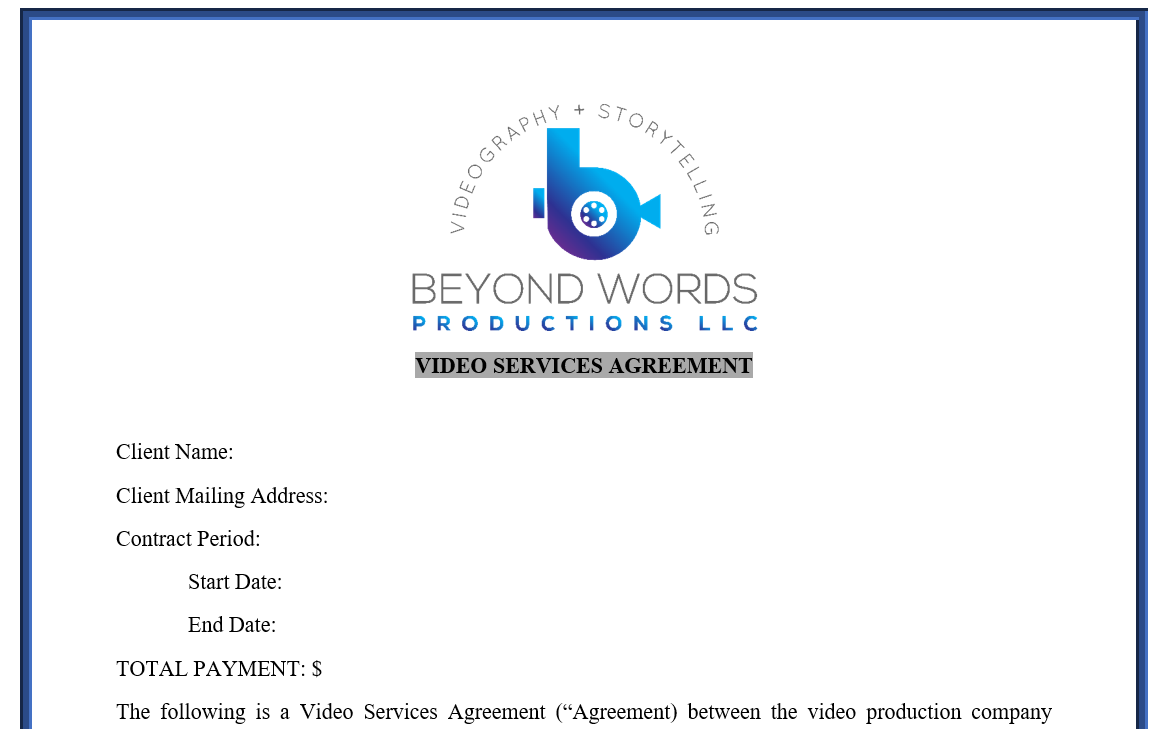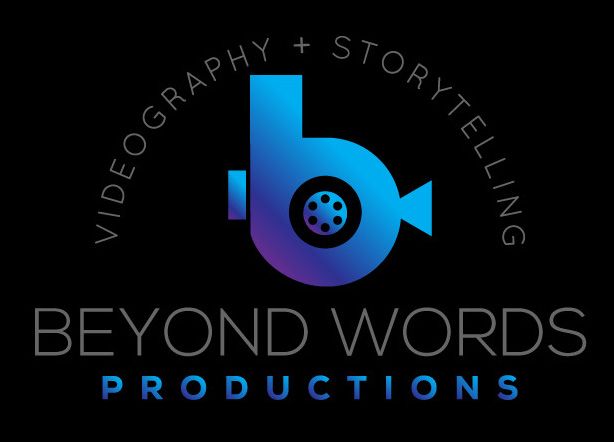What’s in a Videographer's Contract and Services Agreement

Hiring a videographer is an exciting step when you have a video project in the works! Most videographers, just like most professional service-based industries, will have their clients sign contracts or agreements before the project begins to ensure everyone is on the same page about everything and that all important details are in writing. So what can you expect to see in these agreements? Here are some key elements that professional videographers typically include in their contracts:
1. Scope of Work:
The contract should outline the scope of the videographer's services in detail. This includes the type and style of video, the event's date, duration, location, and any specific shots or moments that the client wants to capture. A well-defined scope ensures both parties have a clear understanding of the project.
2. Payment Terms:
Clearly specify the payment terms, including the total cost, payment schedule (e.g., deposit, installment, final payment), and accepted payment methods. Additionally, mention any additional fees for overtime, travel, or special requests.
3. Deliverables and Timeline:
Define what the videographer will deliver, such as the number of edited videos, their length, and the format (e.g., DVD, USB drive, online streaming). Include a timeline that outlines when the client can expect to receive the final product. This helps manage expectations and avoids misunderstandings.
4. Cancellation and Refund Policies:
Address the procedures and policies for canceling or rescheduling the event or project. Clearly state whether deposits are refundable and under what circumstances. Having these policies in place protects both parties in case of unforeseen events.
5. Copyright and Usage Rights:
Discuss who will own the rights to the video content. Typically, videographers retain copyright but grant the client usage rights for personal or promotional purposes. Outline any restrictions on how the client can use the video.
7. Liability and Insurance:
Address liability issues, including what happens in the event of equipment failure, accidents, or unforeseen circumstances that prevent the videographer from fulfilling their obligations. Ensure the videographer has liability insurance to cover potential mishaps.
8. Privacy and Consent:
If the event involves capturing people's images or personal information, include clauses about obtaining necessary permissions, model releases, and any privacy considerations. This helps protect the videographer and the clients from legal issues.
9. Termination Clause:
Define the conditions under which either party can terminate the contract, including reasons for termination and any associated fees or penalties.
10. Dispute Resolution:
Include a clause outlining how disputes will be resolved, whether through mediation, arbitration, or legal action. This can help avoid costly and time-consuming legal battles.
11. Signatures:
Both parties should sign and date the contract to make it legally binding. Having a signed agreement ensures that both the client and videographer are committed to fulfilling their respective responsibilities.
Remember that a well-crafted contract and services agreement is a crucial foundation for a successful collaboration between a videographer and their client. It protects the interests of both parties, clarifies expectations, and ensures that the project runs smoothly from start to finish. If you have any questions or concerns about the contract, communicate them with the videographer before signing.













